
Wine, sugar, alcohol and botanicals. The formula of vermouth (or “vermouth”, as it also appears in the dictionary) is almost as old as the history of civilization itself, since since 1700 BC it was common to make liqueurs with wormwood.
Later in time, in ancient Greece, some stories put as the main actor in this story the physician and philosopher Hippocrates, who began to macerate wine with wormwood, in addition to various spices, in order to create medicinal concoctions.
The first written reference to this type of drink can be found in Notevoli et utilissimi ammaestramenti dell'agricoltura (Notevoli et utilissimi ammaestramenti dell'agricoltura (Remarkable and very useful teachings of agriculture) written by Costantino Cesare in 1549, which gives a detailed description of a preparation that includes wine and absinthe, recommended for its purposes curative and therapeutic.
As early as 1570, Giovan Vittorio Soderini in his “Treatise on the cultivation of the vine and the fruit that can be extracted” detailed that “the Germans use it and in Hungary they still make wine from absinthe, rosemary and sage” from which his name wermutwein derives. The writing was reprinted several times until the 18th century, a sign of the success of the work.

A little over 200 years passed and Giovanni Cosimo Villifranchi's “Oenologia Toscana” mentions the production of a vermouth, produced as detailed, with excellent wines and turned into a delight on the table. At the end of the 18th century, Antonio Benedetto Carpano began to macerate wines with wormwood, orange peel, quinine or cinnamon. Thanks to the successful preparation and word-of-mouth recommendations, he began to produce it almost industrially, albeit in an unprofessional way. Carpano gave it the image by customizing its flavor and then Luigi and Giuseppe Cora appeared to begin the industrialization process.
Taking the herbs of the family herbalist as ingredients, in mid-1757 the brothers Giovanni Giacomo and Carlo Stefano Cinzano, born in Turin, produced a red vermouth taking advantage of the rise of this type of preparation in the Piedmont region. And it was not until 100 years later that they began a domestic production not only of this drink, but also of white vermouth and sparkling wine.
Then export to the rest of Europe and America would begin. Thanks to the influence of Italian immigration, as happened with other aperitifs, it became especially famous in Argentina to the point of buying a winery in San Juan in 1923 for the production of base wines for its vermouth. Even today, Cinzano continues to have Argentina as the country with the most consumers, above Italy itself.
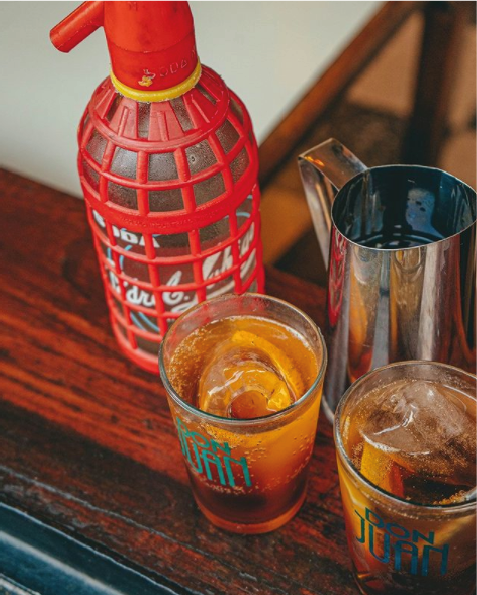
And it is not only thanks to the Italian palate that vermouth is experiencing a moment of resurrection in the country. In these days, Léonce Malbec vermouth landed in Argentina, for example, with a French accent, by François Lurton, winemaker and owner of wineries in France and abroad, who was a national pioneer and promoter of the IG Los Chacayes, in the heart of Valle de Uco.
According to him, it is made on the basis of the famous Piedra Negra Malbec Reserva, fortified with a distillation of Pinot Gris and enriched with a variety of botanicals from the Andes Mountains, a mixture of citrus fruits (peels), spices (star anise, ginger, etc.), aromatic herbs (mint, basil, sage, chamomile, lavender, etc.), bitter plants (quina, gentian roots) and plants typical of the South American continent (incayuyo -Inca tea-, jarilla and donkey tea).
But producers in the country also continue to grow and innovate. This is how we find proposals such as Valientes, a can of vermouth with soda that comes ready to be consumed, taking into account the changes in trends, since it is possible to find yourself on a sidewalk or take a step.
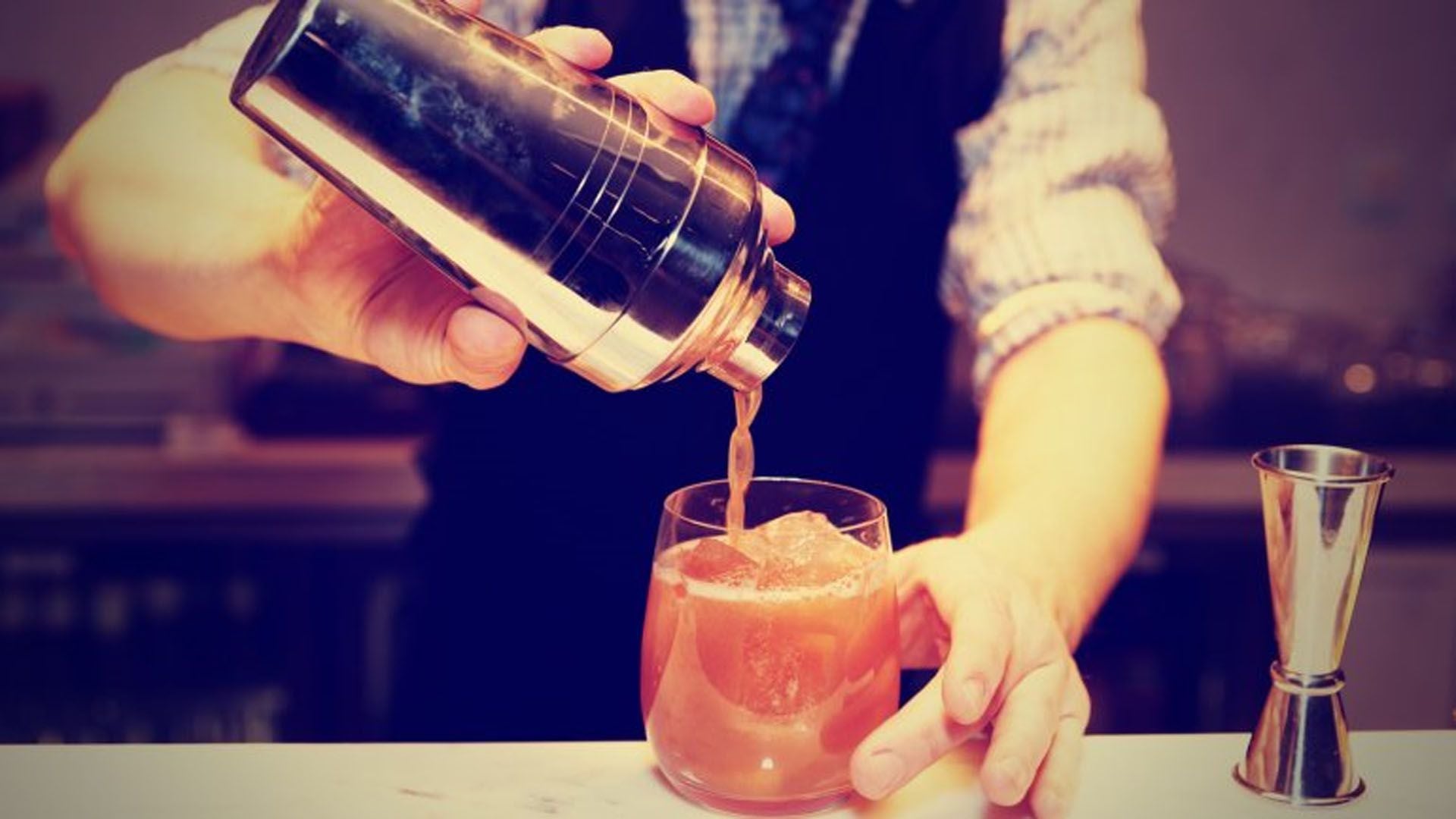
“Every day the public is interested and asks more. In addition, he wants to know and is guided in the experience of consuming this type of drink”, bartender Matías Dana began his talk with Infobae. As the “soul” of Belgrano vermouth, beer and coffee explained, “the youngest audience is the one who is most eager to ask, to be guided, to sit at the bar and ask the differences”.
For his part, Gonzalo Duarte, head of the bar of Frank's Bar, explained that this rebirth of this type of drink has its correlation with what is happening in the world: “The new trend is to go out earlier and drink with less alcohol content, and vermouth encompasses all these characteristics.”
“In recent years we went from having only commercial vermouth to having a variety of artisanal products that are very good, also in conjunction with a great development of the national industry that comes from the hand of gin, beer and more products. Vermouths are positioning themselves so well that many bars already produce or work with some artisanal ones. At Frank's, my partner Federico Iasparra produces Vermuciraptor, “he continued.
Regarding the past, Dana clarified that “it used to be a single drink, now it is a much larger fan and there is an hour for vermouth. Before it was just fernet with coca, now people sit in a bar, a vermouth shop, and they ask you for example a Ferroviario, based on vermouth rosso, a splash of fernet and soda, which makes it much lighter and without adding so much sugar to the body”.
“Who doesn't remember seeing a grandfather have a vermouth and soda or a snack? Nowadays this tradition is more alive than ever,” Duarte explained, and Dana, in the same sense, exemplified that “vermouth is part of our culture, since our grandparents when they came from Italy and together with the suitcase with the clothes they brought a bottle of vermouth, it is part of our DNA”.
“Spain and Italy are the big consumers and they are part of our heritage, and here we are also a country where wine is produced, and we must not forget that vermouth, in short, is wine. An improved wine,” he said.
“It is an indispensable one on a table, at a bar in a house or in a bar, being a spicy wine it gives much more character to cocktails, gives it a certain flavor and aroma, it is an improved wine that makes cocktails complex, like a Negroni, with a base of Campari and gin, that you change the vermouth and change the whole cocktail, because today there is a wide variety of vermouths. It's light, it's not so alcoholic and it depends on how you use it you can enjoy it at different times of the day”, he closed.
In addition to being present in Argentine homes since the late 1800's, vermouth has been part of the Argentine bars since it can be remembered. It is even one of the ingredients of Clarito, the Argentine drink par excellence, created by the master bartender Pichín Policastro in 1935, world champion in Switzerland in 1954, and of which he wrote a special paragraph in his book, an icon of local cocktails: “Magic Drinks”.
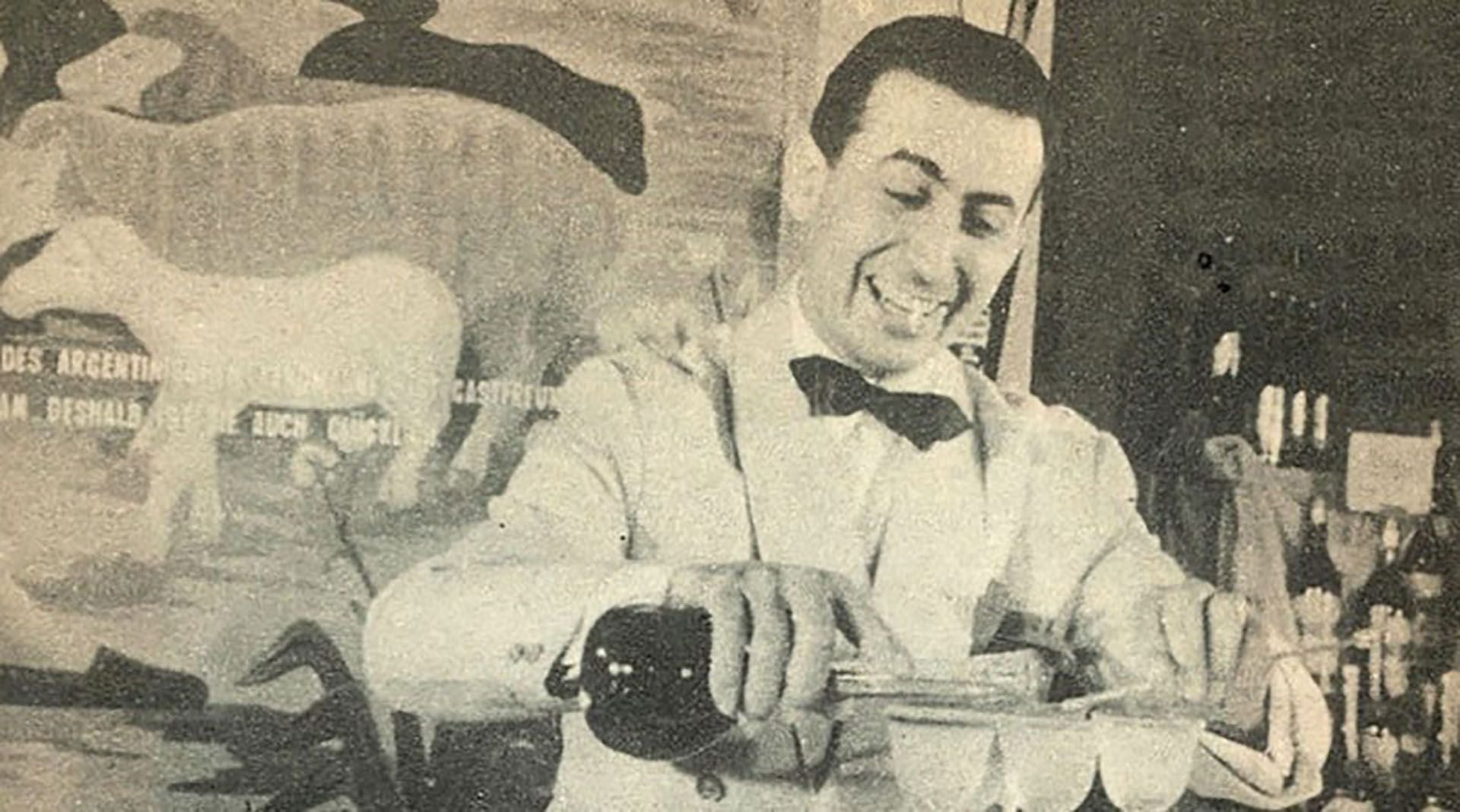
“I listened to the opinions of those who came from abroad, and it hurt me to hear about cocktails such as dry and sweet Martini, Daiquiri, Alexanders, etc... and without detracting from their quality, certainly unobjectionable, I felt that we with such good liquors, with such good drinks, did not have a cocktail of ours, capable of making a competition not only loyal, but honorable. One day I started rehearsing and mixing, trying not only to obtain an effect in terms of aesthetics, but also to harmoniously combine densities and aromas. This is how Clarito came about, a dry, strong, strong cocktail, almost transparent in color.”
To prepare it, it is as simple as “in a glass shaker place 4 or 5 ice, then pour 190 g of gin and 10 g of French vermouth, cool for 1 minute and serve in a barrel glass. Before serving, rub the edge of the glass with a slice of lemon, then on a saucer in which a little ground sugar has been placed place the glass upside down so that the sugar adheres to the part moistened with the lemon.”
The day of vermouth
Renowned Italian bartender and vermouth producer Giancarlo Mancino created the first World Vermouth Day to celebrate generous wine. The first edition took place on March 21, 2021, the date that corresponds to the start of the spring season in the Northern Hemisphere. As he clarifies: “To celebrate this product with innate grace, we need a period of the year when everything flourishes”.
“The first flowers bloom, the plants are getting greener and the aromas in the air are so many and so diverse that you want to catch them all inside a bottle,” said Mancino, who said that “on Vermouth Day we want to celebrate it in all its forms, without barriers, from all countries, colors and flavors, each with its own method of elaboration.”
It is that in cocktails it is an indispensable drink, because “there is no Martini cocktail without vermouth. There is no Negroni without vermouth. And of course, there is no Vermouth without Vermouth. Today, more than ever, union is needed, just as spices are combined in a bottle of vermouth, reminding us that a 'health' is more powerful than anything else.”
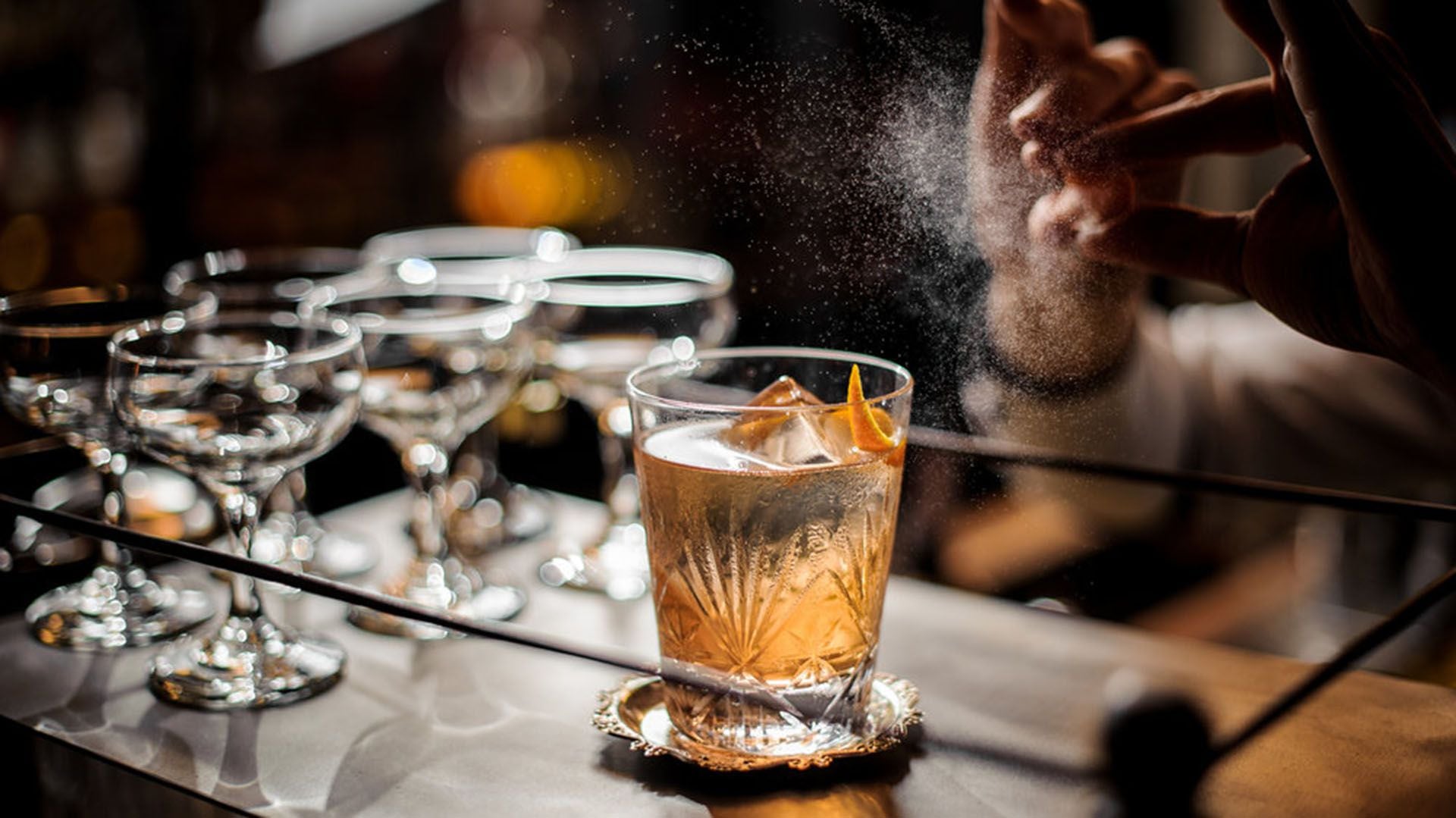
Vermouth Week
A single day is not enough to discover and rediscover all the possibilities at the time of consumption and the way of preparing different infusions. Therefore, in Argentina, Vermouth Week begins, this Monday, March 21, where the general public, both new palates and those already accustomed to being able to be part of this ritual that goes far beyond a glass before the roast.
It means finding new blends and understanding that this spicy wine, thanks to the wide range of botanicals and flavors it has, can be part of a glass with a little soda accompanying it, or of increasingly elaborate drinks.
But it is so versatile that it is not necessary to go to a bar or have a varied stock of drinks in the home to be able to put together the different combinations. Exclusively for Infobae, the most prominent bartenders present the step by step to be able to replicate the essentials and new proposals at home.
American
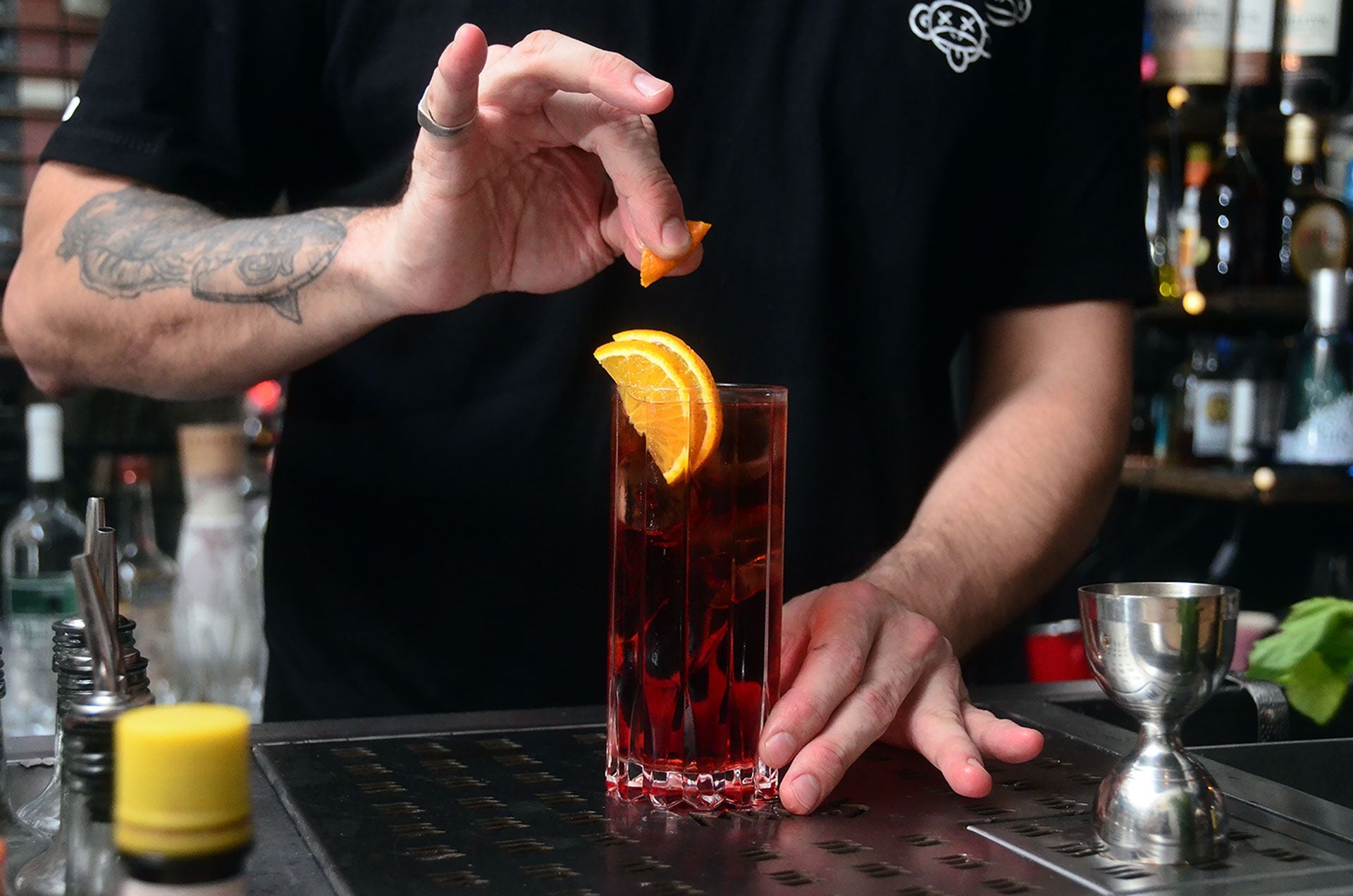
In a long drink glass add several ice cubes, mix 45 ml of Campari, 45 ml of vermouth rosso and 90 ml of soda. Stir and finally decorate the drink with a slice of orange. Another option is to add lemon peel, or serve the drink in a short glass with less soda.
Negroni

Pour 30 ml of Campari, 30 ml of sweet red vermouth and 30 ml of gin directly into a shallow glass with ice. Stir gently. Garnish with an orange slice.
Railways
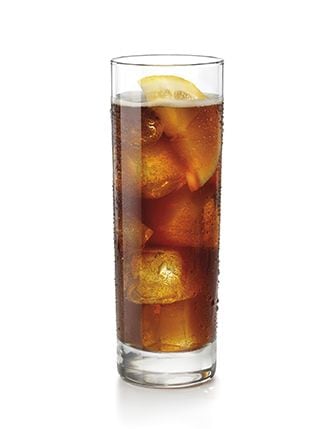
In a long drink glass with ice serve 1 part fernet, 3 parts soda, 1 part vermouth rosso and 1 dash of lemon juice.
Italian Sour
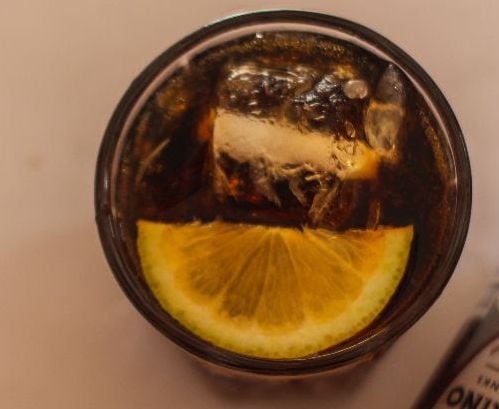
In a mixing glass add 30 ml of red vermouth, 15 ml of lemon juice and 15 ml of spicy syrup (bring to a boil 2 parts of sugar, 2 parts of water and spices such as cinnamon, cloves, star anise, strain and let cool). This preparation is not beaten, but mixed until all the ingredients are integrated. Then strain, serve in a short drink glass with an ice rock, complete with tonic water and a lemon zester to perfume.
Rob Roy
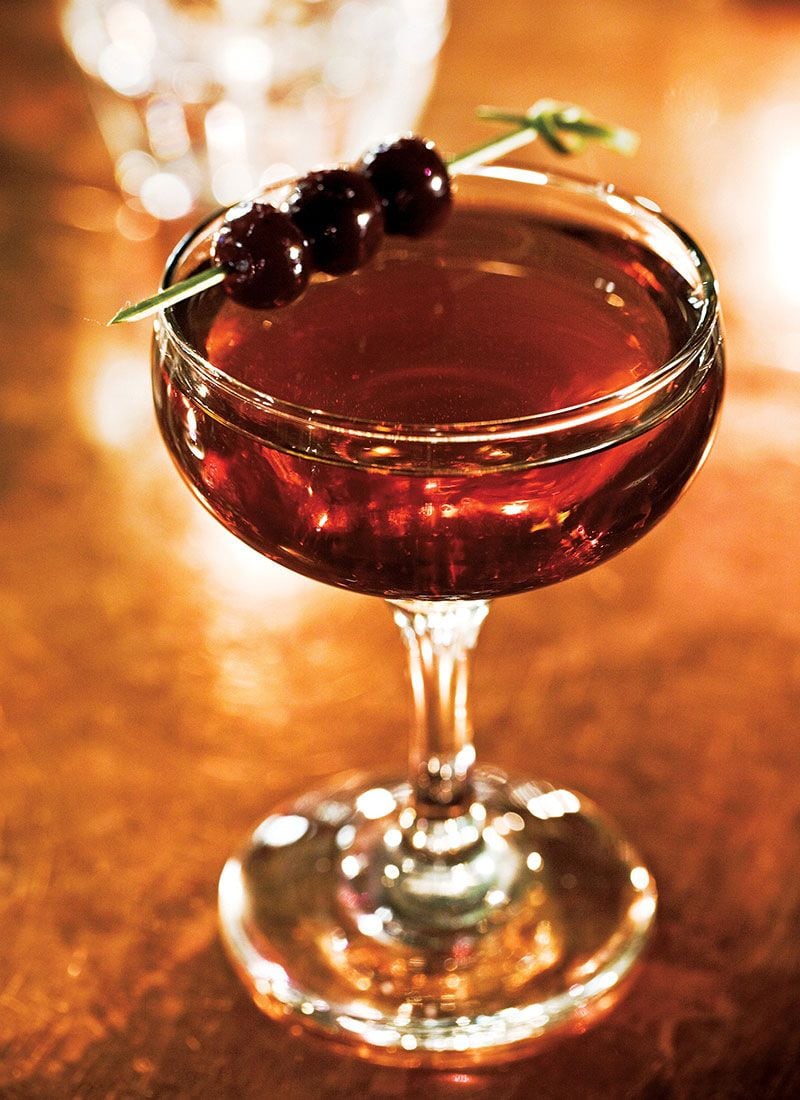
Fill the shaker glass with ice, then pour 50 ml of scotch whisky, 25 ml of vermouth rosso and 1 dash of bitter, shake and serve in a coupé glass. For decoration, two or three cherries are used, punctured by a rod.
Amaro Tonic
(By Lucas Lopez Davalos, @sanpellegrinodrinks)
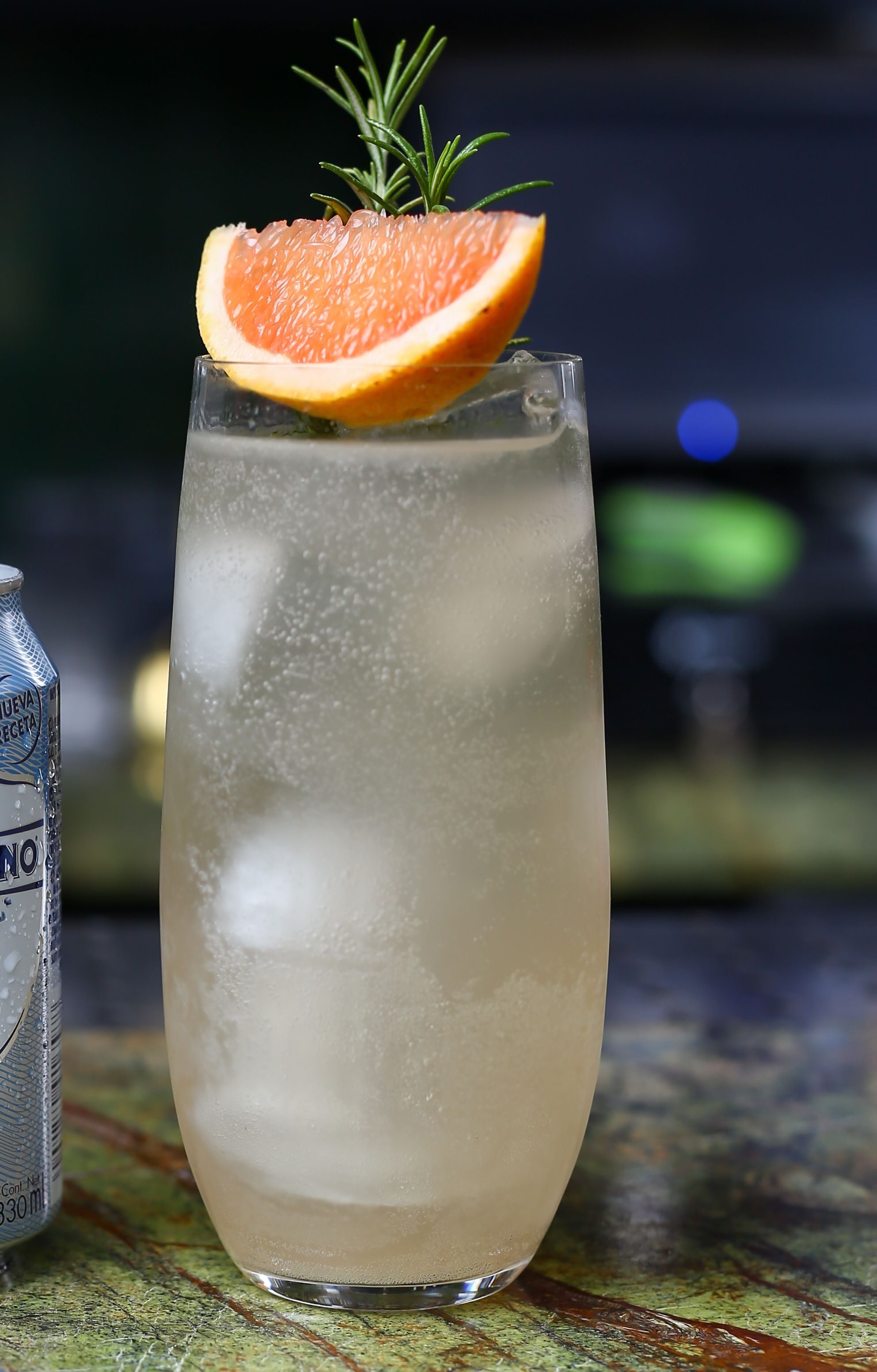
Fill a glass of long drink with ice rocks, then add 45 ml of white vermouth, 15 ml of citrus mix (1 part red grapefruit juice and ½ part lemon juice) and top with tonic water. To finish with a great aroma, cut a wedge of grapefruit and a sprig of fresh rosemary.
TIP: before adding the rosemary sprig rub it to activate the aroma. Once the tonic is served, it is suggested not to mix or beat as it may lose effervescence.
Perfect Martini
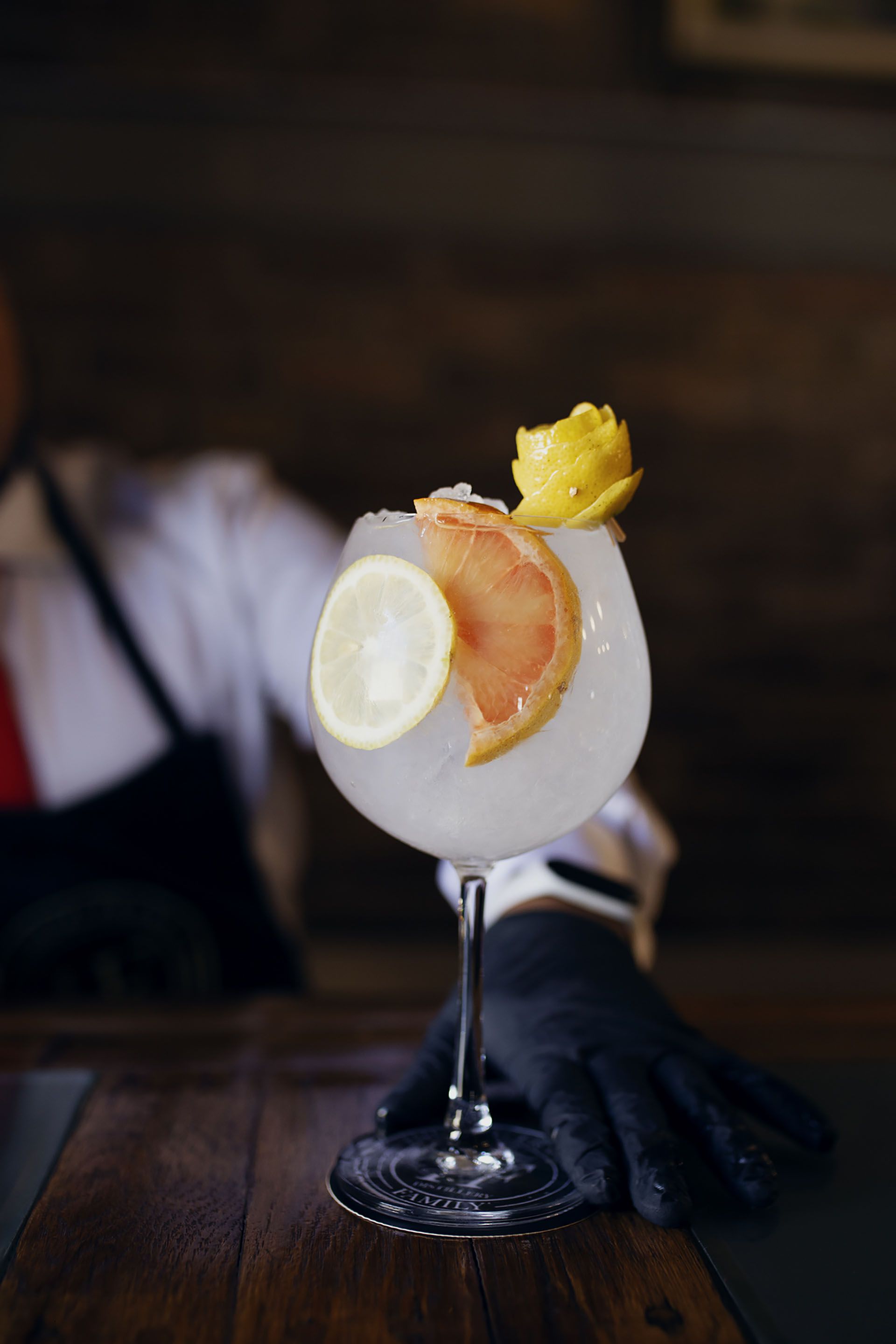
Mix 50 ml of gin, 10 ml of dry vermouth and strain into a frozen martini glass. Garnish with a touch of pink grapefruit.
KEEP READING
Últimas Noticias
Debanhi Escobar: they secured the motel where she was found lifeless in a cistern
Members of the Specialized Prosecutor's Office in Nuevo León secured the Nueva Castilla Motel as part of the investigations into the case

The oldest person in the world died at the age of 119
Kane Tanaka lived in Japan. She was born six months earlier than George Orwell, the same year that the Wright brothers first flew, and Marie Curie became the first woman to win a Nobel Prize

Macabre find in CDMX: they left a body bagged and tied in a taxi
The body was left in the back seats of the car. It was covered with black bags and tied with industrial tape
The eagles of America will face Manchester City in a duel of legends. Here are the details
The top Mexican football champion will play a match with Pep Guardiola's squad in the Lone Star Cup

Why is it good to bring dogs out to know the world when they are puppies
A so-called protection against the spread of diseases threatens the integral development of dogs




